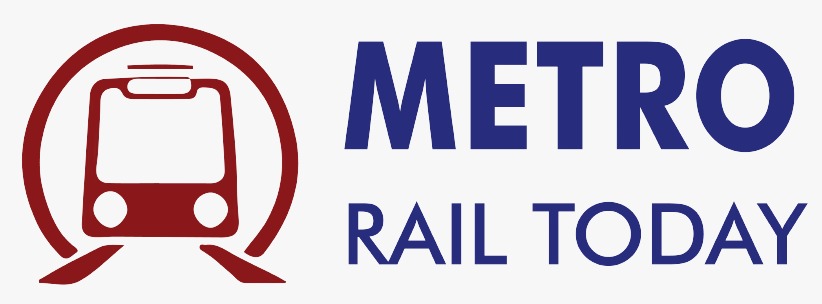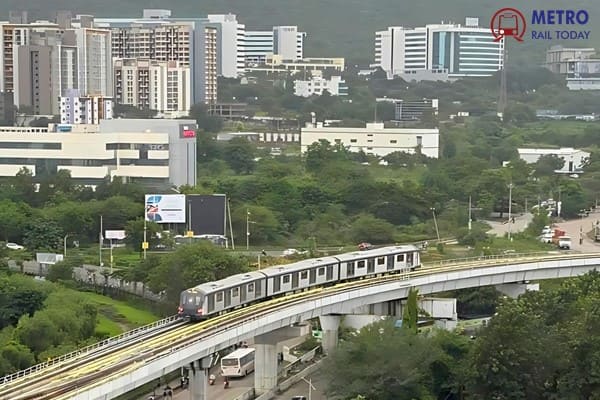 Chandigarh Metro cost jumps to ₹25,000 crore amid project execution delays
Chandigarh Metro cost jumps to ₹25,000 crore amid project execution delays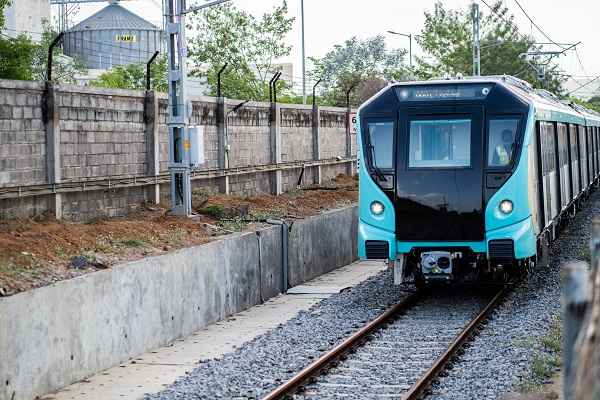 MMRC set to launch final stretch of Mumbai Metro Line 3 (Aqua Line) on September 30
MMRC set to launch final stretch of Mumbai Metro Line 3 (Aqua Line) on September 30 CMRS conducts safety inspection of priority section of Patna Metro Rail Project
CMRS conducts safety inspection of priority section of Patna Metro Rail Project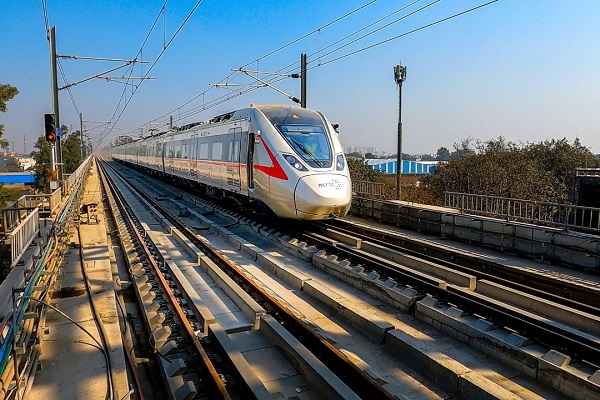 NCRTC completes geotechnical survey for ₹15,000 Cr Gurugram–Greater Noida RRTS Corridor
NCRTC completes geotechnical survey for ₹15,000 Cr Gurugram–Greater Noida RRTS Corridor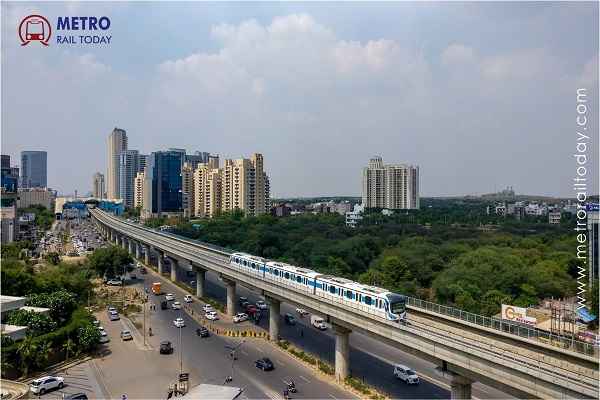 GMRL to take over Gurugram Rapid Metro Operations from DMRC
GMRL to take over Gurugram Rapid Metro Operations from DMRC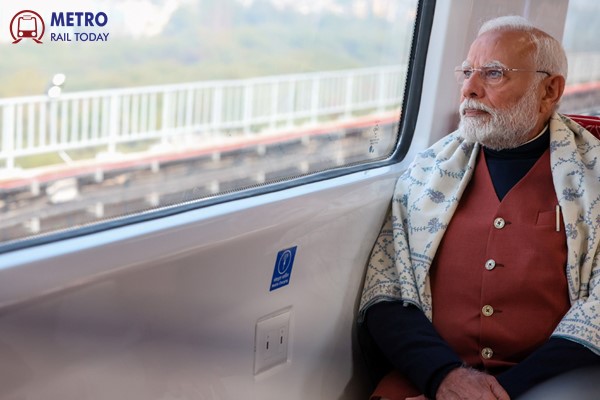 Under Narendra Modi's Leadership: The Transformative Journey of India's Metro and Rail Network
Under Narendra Modi's Leadership: The Transformative Journey of India's Metro and Rail Network Kochi Metro bags contract to prepare DPR for Mumbai Water Metro Project
Kochi Metro bags contract to prepare DPR for Mumbai Water Metro Project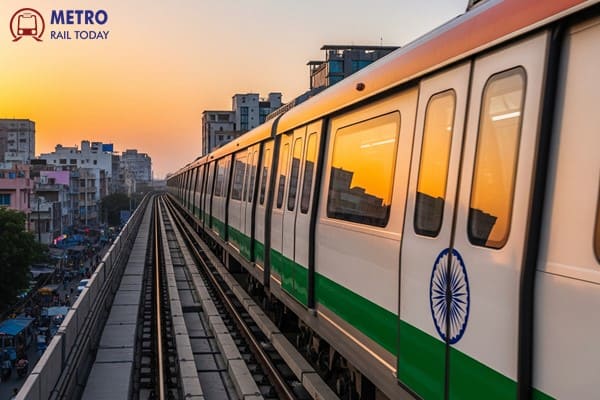 Six Firms Bid for first Civil Work Contract of Thane Metro Rail Project
Six Firms Bid for first Civil Work Contract of Thane Metro Rail Project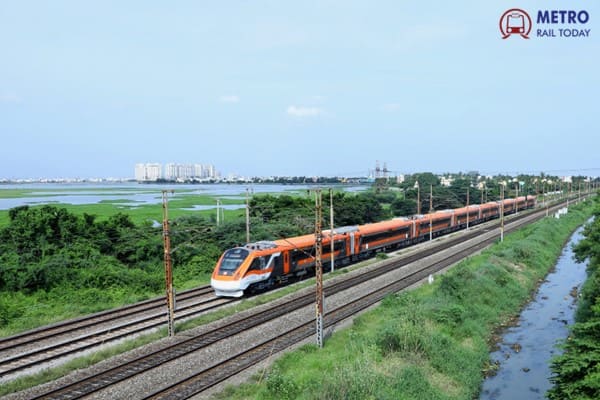 Kineco Group acquires UK-Based TRB Lightweight Structures to bolster Global Rail Interiors Business
Kineco Group acquires UK-Based TRB Lightweight Structures to bolster Global Rail Interiors Business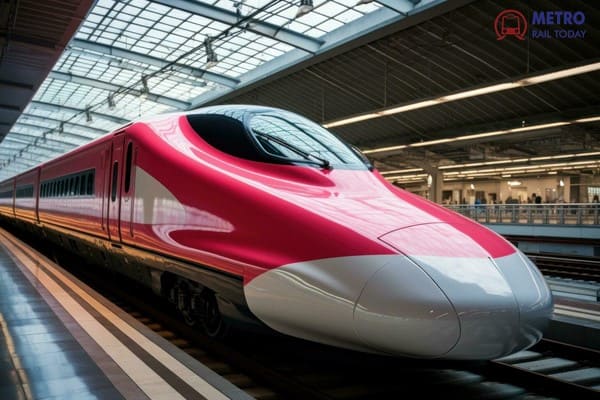 BEML partners with Knorr-Bremse to equip India’s First High-Speed Trains
BEML partners with Knorr-Bremse to equip India’s First High-Speed Trains
Delhi Metro: 31 Years of Transforming India's National Capital
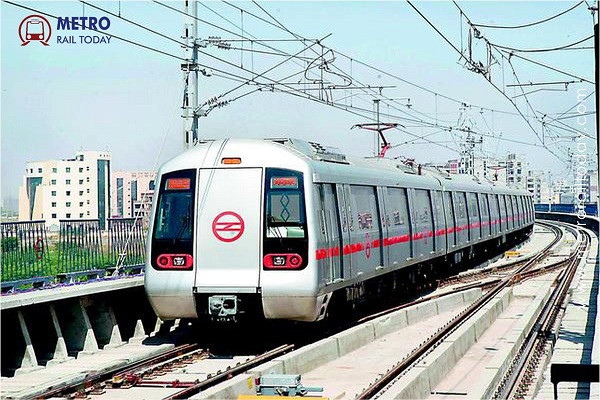
Ah, a significant milestone for the lifeline of Delhi! Thirty-one years... it feels like just yesterday the first tracks were being laid, and now it's an indispensable part of the city's rhythm.
Imagine Delhi three decades ago. The roads, already choked, groaned under the weight of ever-increasing vehicles. Commuting was a daily test of patience, a dusty, noisy affair that often left people drained even before their workday began. Then came the promise, the vision of a modern, efficient mass rapid transit system – the Delhi Metro Rail Corporation (DMRC).
The early days were filled with challenges, the sheer scale of the project daunting. Tunnelling beneath a bustling metropolis, navigating intricate urban landscapes, and coordinating massive infrastructure development required meticulous planning and unwavering dedication. But the dream was powerful, fueled by the need for a sustainable and convenient mode of transport for millions.
And then, the magic began to unfold. The first line opened its doors, a gleaming silver serpent gliding silently through the city. It wasn't just a mode of transport; it was a symbol of progress, of a city embracing the future. Suddenly, distances shrank, commutes became manageable, and a new sense of connectivity permeated the urban fabric.
Over the years, the DMRC has not just expanded its network; it has woven itself into the very soul of Delhi. It's the thread that connects students to their colleges, professionals to their workplaces, families to their loved ones, and dreams to their destinations. The iconic yellow, blue, red, and now the magenta and pink lines are more than just routes on a map; they are arteries of the city, pulsating with life.
Think about the stories that unfold within those metro cars every single day. The hurried footsteps of a student chasing a deadline, the quiet conversation between friends catching up, the weary sigh of someone returning home after a long day, the hopeful anticipation of someone embarking on a new adventure. The Delhi Metro is a microcosm of the city itself, a melting pot of aspirations and everyday realities.
Beyond the convenience, the DMRC has also championed environmental sustainability. By offering a viable alternative to private vehicles, it has played a crucial role in reducing traffic congestion and air pollution, contributing to a greener, more breathable Delhi.
Of course, no journey is without its bumps. Overcrowding during peak hours, occasional technical glitches – these are challenges that the DMRC continues to address with innovation and a commitment to passenger comfort and safety. The constant upgrades in technology, the introduction of new coaches, and the focus on seamless integration with other modes of transport are testaments to this ongoing endeavor.
The journey of the Delhi Metro has been marked by several significant achievements. Here are some key dates:
-
May 3, 1995: The Delhi Metro Rail Corporation (DMRC) was established. This marked the formal beginning of the ambitious project to bring a modern mass rapid transit system to Delhi.
-
October 1, 1998: Construction work for the Delhi Metro commenced. After years of planning and studies, the actual groundwork began.
-
July 19, 2002: The Delhi Metro Rail Academy was established at the Shastri Park depot. Recognizing the need for skilled personnel, DMRC set up its own training institute.
-
December 24, 2002: The first section of the Delhi Metro, the Red Line connecting Shahdara and Tis Hazari (8.4 km), was inaugurated by then Prime Minister Atal Bihari Vajpayee. This marked the beginning of metro operations in Delhi.
-
October 3, 2003 & March 31, 2004: The Red Line was extended westward from Tis Hazari to Inderlok and then further to Rithala, completing the first line of Phase I.
-
December 20, 2004: The first underground section of the Delhi Metro, a 4.06 km stretch on the Yellow Line between Vishwa Vidyalaya and Kashmere Gate, was opened. This made Delhi Metro the second underground rapid transit system in India after Kolkata.
-
2006: Phase I of the Delhi Metro was completed, ahead of schedule and within budget, a remarkable feat for a project of this scale. The network spanned about 65 km with 59 stations.
-
June 4, 2008 - August 27, 2011: Phase II of the Delhi Metro was implemented, adding approximately 125 km to the network and bringing the total length to 188.05 km with 145 stations. This phase saw the expansion to areas like Noida, Ghaziabad, Gurgaon, and Faridabad, extending the metro's reach beyond Delhi.
-
February 23, 2011: The Airport Express Line, connecting New Delhi Railway Station to Indira Gandhi International Airport, became operational, offering a high-speed link to the airport.
-
December 28, 2020: India's first driverless metro operations were launched on the Magenta Line of the Delhi Metro, showcasing technological advancement.
-
2023: The Delhi Metro achieved its highest ever single-day ridership with 7.103 million passenger journeys on September 4th. The Airport Express Line's speed was also increased to 120 kmph.
-
January 5, 2024: DMRC integrated its ticketing services with the 'One Delhi' mobile application for seamless travel with city buses.
-
February 21, 2024: A new integrated Operation Control Centre (OCC) was inaugurated at Metro Bhawan.
-
March 4, 2024: The Union Cabinet approved two new corridors under Phase IV: Inderlok - Indraprastha and Lajpat Nagar - Saket G Block.
-
June 5, 2024: DMRC's headquarters, Metro Bhawan, achieved Carbon Neutral certification, highlighting its commitment to sustainability.
-
July 17, 2024: International flight check-in facilities were introduced at New Delhi and Shivaji Stadium metro stations on the Airport Express Line.
-
November 18, 2024: DMRC recorded its highest single-day passenger journeys at 7.867 million.
-
December 4, 2024: DMRC completed its longest underground tunnel (2.65 km) on the Tughlakabad-Aerocity corridor of Phase IV.
These are just some of the significant milestones in the Delhi Metro's impressive journey of connecting Delhi and its surrounding regions. Each of these dates represents a step forward in transforming urban mobility in the National Capital Region.
As the Delhi Metro celebrates its 31st Foundation Day, it's not just a moment to look back at the milestones achieved but also to look ahead with renewed vision. The city continues to grow, and the demands on its public transport infrastructure will only increase. The DMRC will undoubtedly continue to evolve, embracing new technologies and expanding its reach to serve the ever-growing needs of Delhiites.
So, the next time you swipe your smart card and step onto a metro, take a moment to appreciate the journey it has been and the vital role this institution plays in keeping the heart of Delhi beating strong. Happy 31st Foundation Day, Delhi Metro! Here's to many more years of connecting lives and shaping the future of this vibrant metropolis.
